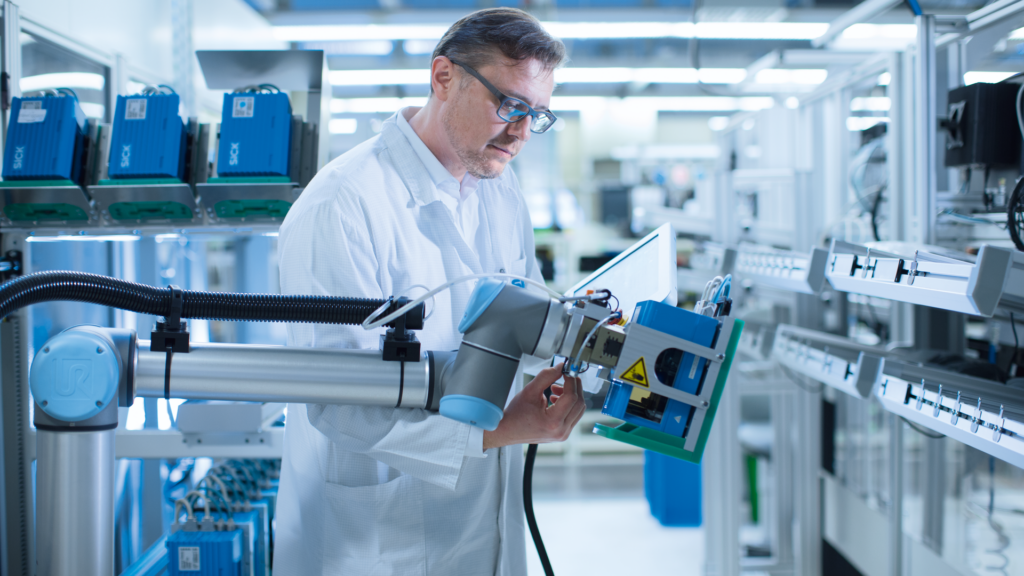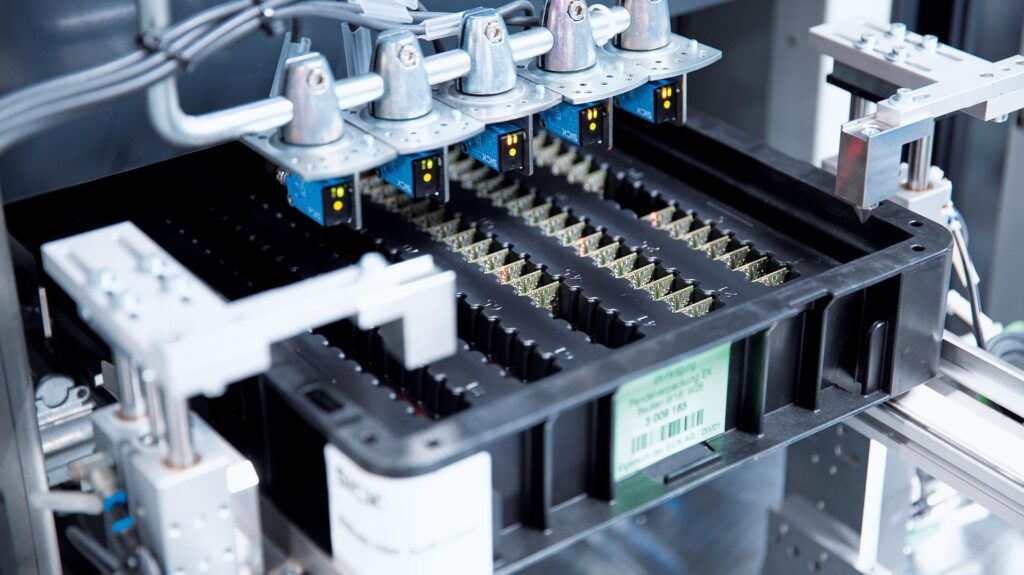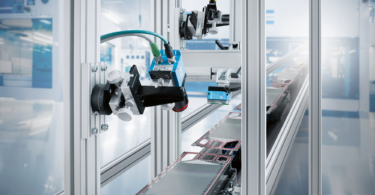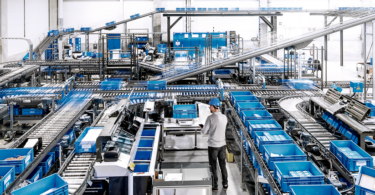Strategies for Using Sensor Technology to Reduce Costs in Your Production
In today’s day and age, the demand for electronic goods has never been higher, resulting in a surge in the production of electronics. Manufacturers need to focus on productivity and high throughput to meet the increasing demand in a timely and cost-effective manner. The use of innovative technologies, such as sensors from SICK, can help companies enhance electronics production process and become leaner and more efficient.
Lean electronics production is a system focused on maximizing efficiencies with minimal waste. It involves using specific processes, such as just-in-time delivery, flexible manufacturing, and standardization of parts, to make the assembly of electronic products faster and cheaper by reducing the amount of material, labor, and energy used in the production process.
SICK is a global leader in sensor solutions, providing a wide range of technologies that can help manufacturers improve production process. Sensors from SICK can be used in electronics production to achieve higher levels of efficiency. The sensors can detect the presence of products, as well as provide feedback to the production machines. This allows for better control over production speeds and production accuracy. The use of sensors also improves product quality by reducing downtime due to machine failures.
Robotics in Electronics Production
Robotics can help increase production efficiency in the electronics industry. Manufacturers can use robotics to automate production tasks such as assembly, inspection, packaging, and warehousing. Additionally, robots can be employed in the warehouse to load, unload, and reorganize components and finished products, increasing production efficiency and safety.
Sensor-enabled robots can detect the presence of products or objects and automatically move them to the desired locations on the manufacturing line. This helps to reduce human intervention and leads to quicker product delivery. Robots can be programmed to pick and place components accurately, reliably, and quickly, allowing for an increase in production throughput.
Robotics can also be used for quality control, where programmed robotic arms can measure components and detect defects faster than manual inspection processes. Sensors can be used to detect defective products and faulty components on the production line and alert the operators to take necessary action to improve the quality control. This reduces the chances of producing defective products and thus improves customer satisfaction.
Seeing the Future of Electronics Production with Vision
Sorting Electronics
Vision sensors can detect the features of a component or a product and compare them to a predefined digital model. If the features match the model, then the product is sorted correctly, and if not, then the sorting process can be corrected by adjusting the model. This makes sorting processes more efficient and reduces the chances of error.
For example, the system could sort through circuit boards to differentiate between the cuts, contacts, and other parts of a circuit board. This sorting system could help reduce the time spent on manual sorting of components. Additionally, it could allow manufacturers to identify defective components and detect potential counterfeits quickly and accurately.
Quality Control
Vision can also be used to ensure higher quality control. With machine vision inspection, the sensor can detect any imperfections or defects in the components used in products. This helps to improve the efficiency of the production line and ensure that only perfect products are released to the market. Additionally, the vision sensor can be used to guide the positioning of objects. This can help reduce the error margin when assembling delicate components such as circuit boards.
Improve Product Traceability
Sensors from SICK can also be used to enhance the tracking and traceability of products during the electronics production process. Sensors can be integrated into production machines and products to help companies identify and store a product’s provenance throughout its entire life cycle. This enables companies to trace products back to the start of the production process in case of product recalls.
Tracking goods across the entire production value chain helps to quickly identify areas of potential failure or delays and ensure product quality. In addition, manufacturers can more easily identify the source of production problems and trace the production activities of individual components within the finished product. The sensors can also be used to monitor the location, temperature, and vibration of electronic components, which helps to improve overall quality and accuracy of production outputs.
SICK sensors can help companies improve electronics production process by using sensors to detect and track products, sort components, enable robotics, and optimize production processes. It can help companies achieve higher levels of efficiency, reduce costs, and improve customer satisfaction. By using SICK sensors to make production processes leaner and more efficient, companies can stay ahead of the competition and ensure they are able to respond quickly and accurately to customer demands.
Want to learn more about electronics production?








